O que são Acrocórdons ou Fibromas Moles? Dra. Cinthia Orasmo Dermatologista em Dourados MS

Fibroma, soft (Skin Tag, Acrochordon, Fibroma Molle, Fibroepithelial Polyp) Dermatology Advisor
Neurofibroma. A neurofibroma is a benign tumor that develops along your nerve cells. Neurofibromas are symptoms of neurofibromatosis, a rare, inherited group of conditions. Children born with neurofibromatosis may have tumors on their skin, under their skin or deeper in their bodies. Healthcare providers treat neurofibromas with surgery.
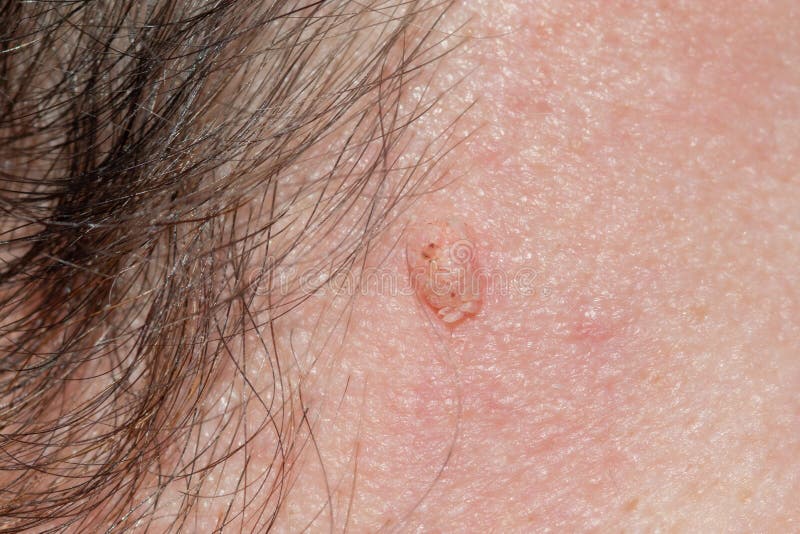
Dermatological Formation on the Face, Fibroma Dermatology Problem on Skin. Close Up of Papilloma
A simple pinch test can tell you if the bump on your skin is benign. A dermatofibroma is a benign skin bump that occurs most commonly on the legs. Dermatofibromas are firm, usually dome-shaped growths that range from brownish to purplish-red in color. (In light-skinnned people, they are typically pink to light brown; in dark-skinned people.
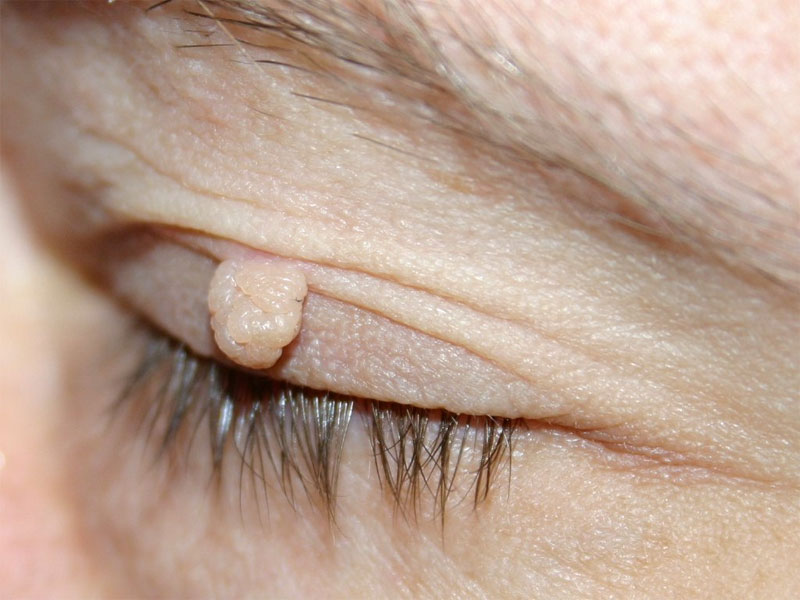
Fibroma Definition of Fibroma
Cellular dermatofibromas often grow down to subcutaneous tissue, the deepest layer of your skin. Compared to other dermatofibromas, cellular dermatofibromas are more likely to come back (recur) after treatment. In about 1 in 10 people, cellular dermatofibromas cause necrosis in the tumor. Necrosis is tissue or cell death in a certain area of.
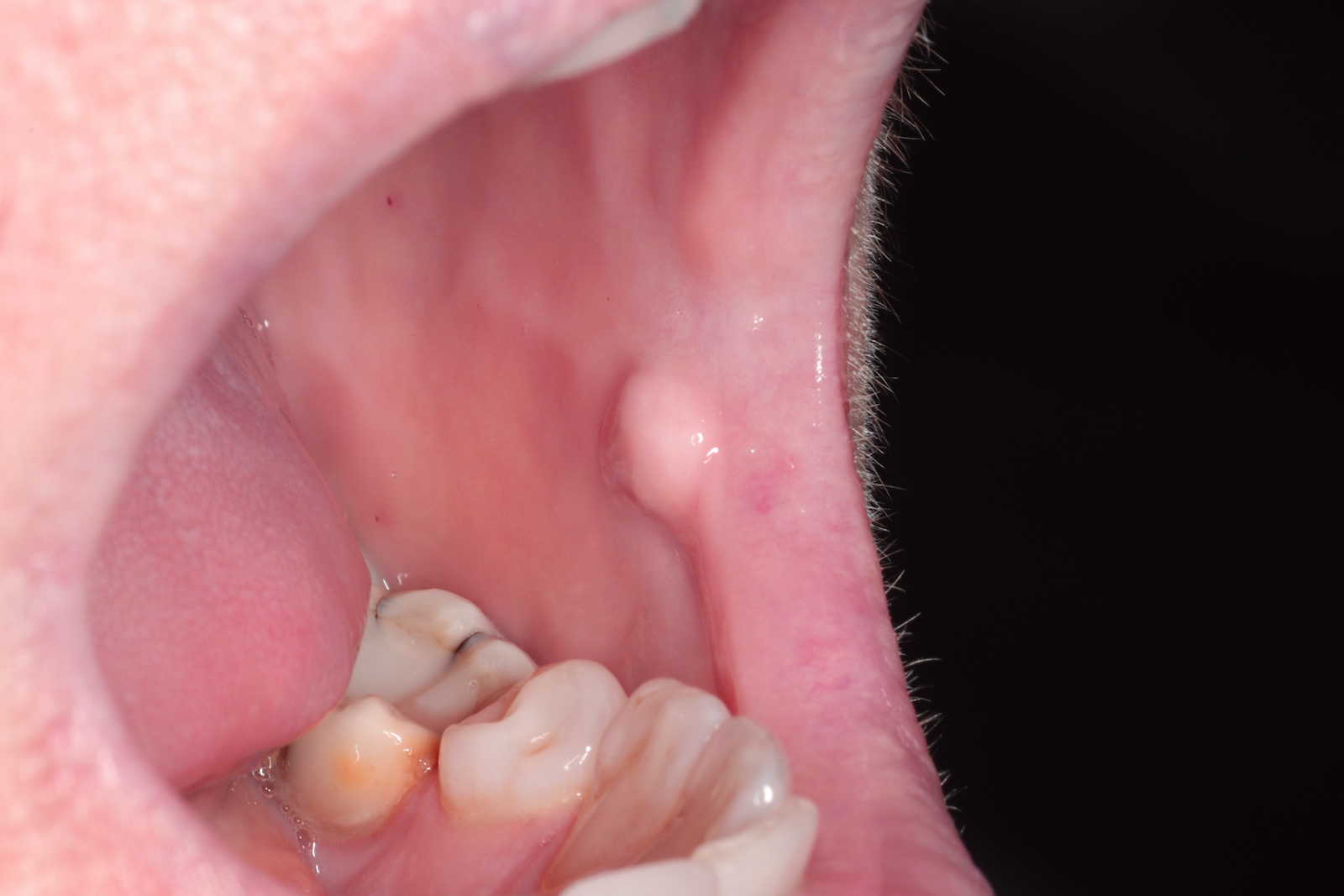
Fibroma
Diagnosis fibroma dapat ditegakkan secara klinis, sementara pemeriksaan histopatologis merupakan pemeriksaan yang dapat digunakan bila ada keraguan dalam diagnosis. [3,8] Dalam hal penanganan penyakit, pada sebagian besar kasus baik pada akrokordon maupun dermatofibroma tidak membutuhkan terapi karena tidak menimbulkan gejala.

Are Fibromas Related to Fibromyalgia?
Subcutaneous neurofibromas present as firm, spherical subcutaneous nodules that are frequently painful. Plexiform neurofibromas (Figure 5) are a distinctive type of neurofibroma. This type of neurofibroma grows along the length of the nerve and often involves multiple fascicles. Most plexiform neurofibromas are congenital or appear early in life.

Hauttag oder Akrochordon oder Weichfibrom oder Stockfoto 1933439012 Shutterstock
Fibromas can occur on your skin, organs and other tissues. The most common types include: Plantar fibroma. A plantar fibroma is a knot or lump in the plantar fascia tissue in the arch of your foot. Your plantar fascia is a band of tissue that supports your muscle and runs from your heel to your toes.
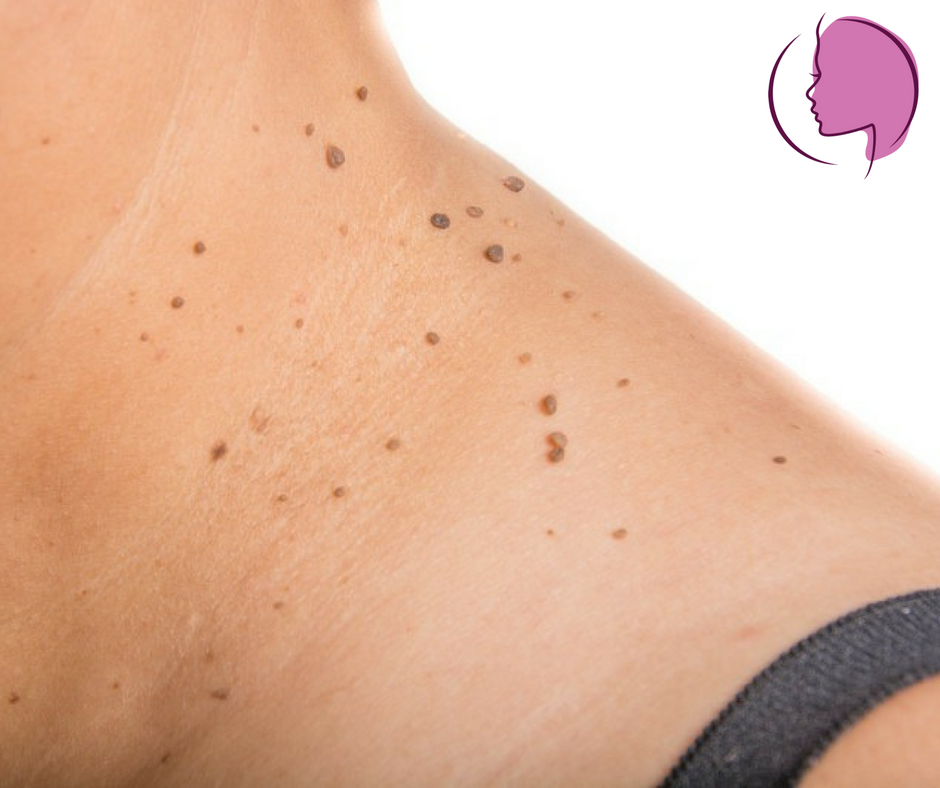
O que são Acrocórdons ou Fibromas Moles? Dra. Cinthia Orasmo Dermatologista em Dourados MS
Penatalaksanaan fibroma yang definitif adalah pembedahan, yang hanya diindikasikan bila ada perubahan ukuran atau warna kulit, iritasi, dan perdarahan pada lesi. Umumnya, pembedahan dilakukan untuk alasan kosmetik. [3,17,19] Tindakan pembedahan yang dapat dilakukan yakni berupa eksisi tumor, cryosurgery, dan ablasi laser.
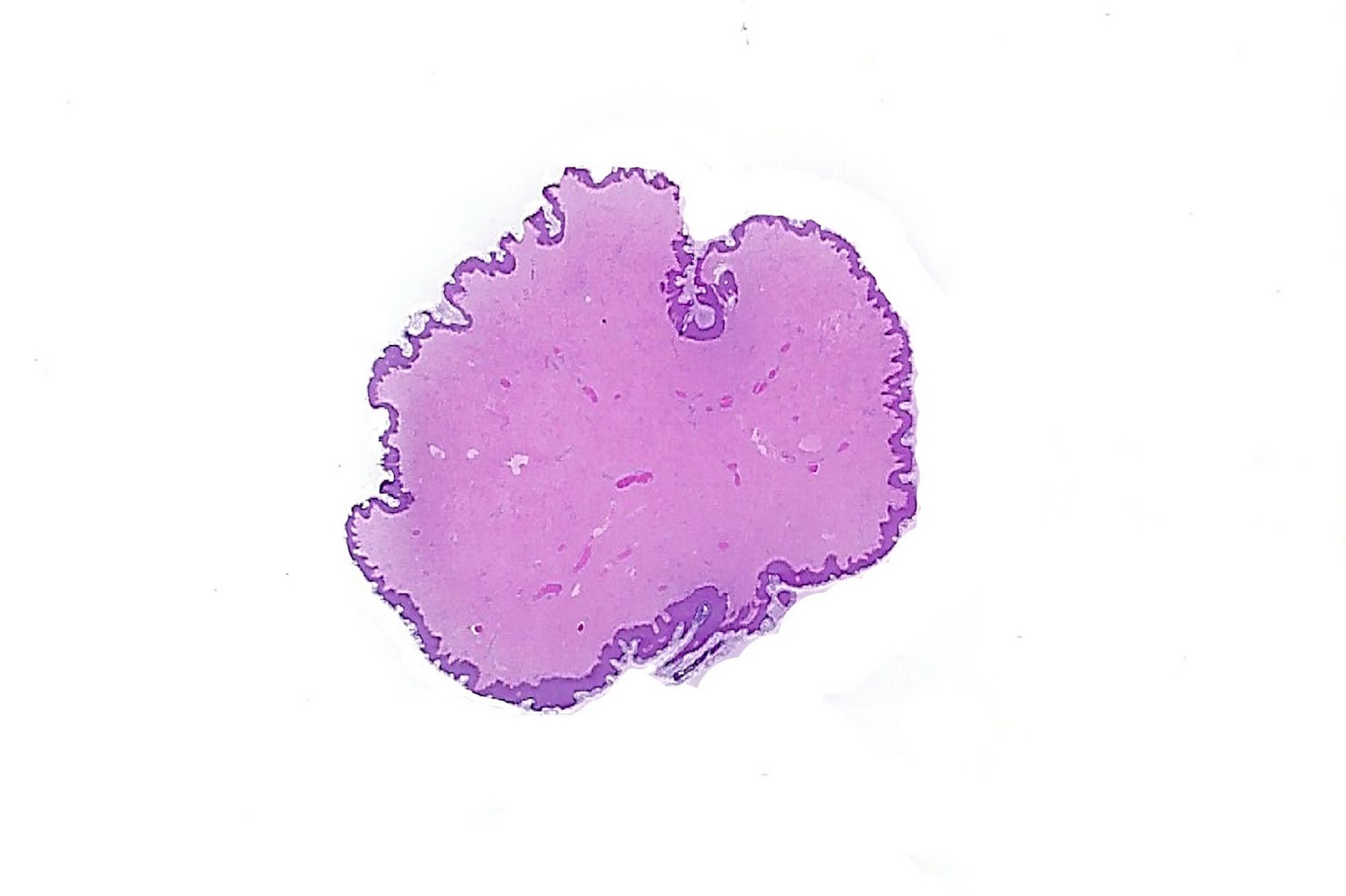
Histopatologando Atlas do HCFMRPUSP Fibroma Mole
Dermatofibroma is a commonly occurring cutaneous entity usually centered within the skin's dermis. Dermatofibromas are referred to as benign fibrous histiocytomas of the skin, superficial/cutaneous benign fibrous histiocytomas, or common fibrous histiocytoma. These mesenchymal cell lesions of the dermis clinically are firm subcutaneous nodules that occur on the extremities in the vast majority.

Fibroma in the mouth Stock Image C015/6141 Science Photo Library
Plantar fibromas are rare growths on the arch of your foot that are never a sign or symptom of cancer. Their most common symptoms are pain and mild discomfort, especially when you're wearing shoes. You should always get any new growths or masses examined by your healthcare provider as soon as you notice them to rule out more serious conditions.

Acrocórdon ou fibroma mole o que é? Dermaweb
A dermatofibroma can occur anywhere on the skin. Dermatofibroma size varies from 0.5-1.5 cm diameter; most lesions are 7-10 mm diameter. A dermatofibroma is tethered to the skin surface and mobile over subcutaneous tissue. The overlying skin dimples on pinching the lesion - the dimple or pinch sign. Colour may be pink to light brown in.
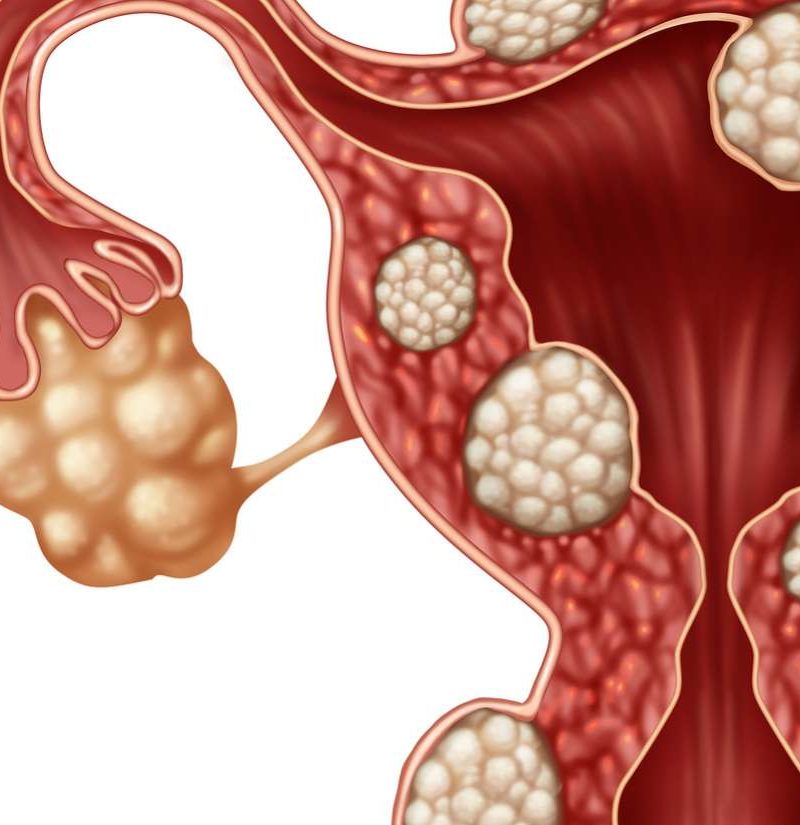
Fibromas Causas, síntomas y tratamiento
Acrochordon, soft fibroma, fibroma molle, skin tag ICD coding. ICD-10: L91.8 - other hypertrophic disorders of the skin ICD-11: EK71 - skin tags or polyps SNOMED: 201091002 - skin tag (disorder) 31069005 - fibroepithelial polyp (morphologic abnormality) Epidemiology.

A dermatofibroma, type of mole in the skin Stock Image M220/0019 Science Photo Library
Fibroma mole adalah tumor jinak jaringan konektif pada dermis yang merupakan tumor jinak paling sering ditemukan. Lesi ini sering ditemukan pada orang dewasa di atas usia 40 tahun. Diagnosis didasarkan pada pemeriksaan fisik yang menunjukkan tumor lunak berwarna kulit. Pengobatan meliputi pemotongan dengan gunting atau elektrodesikasi.
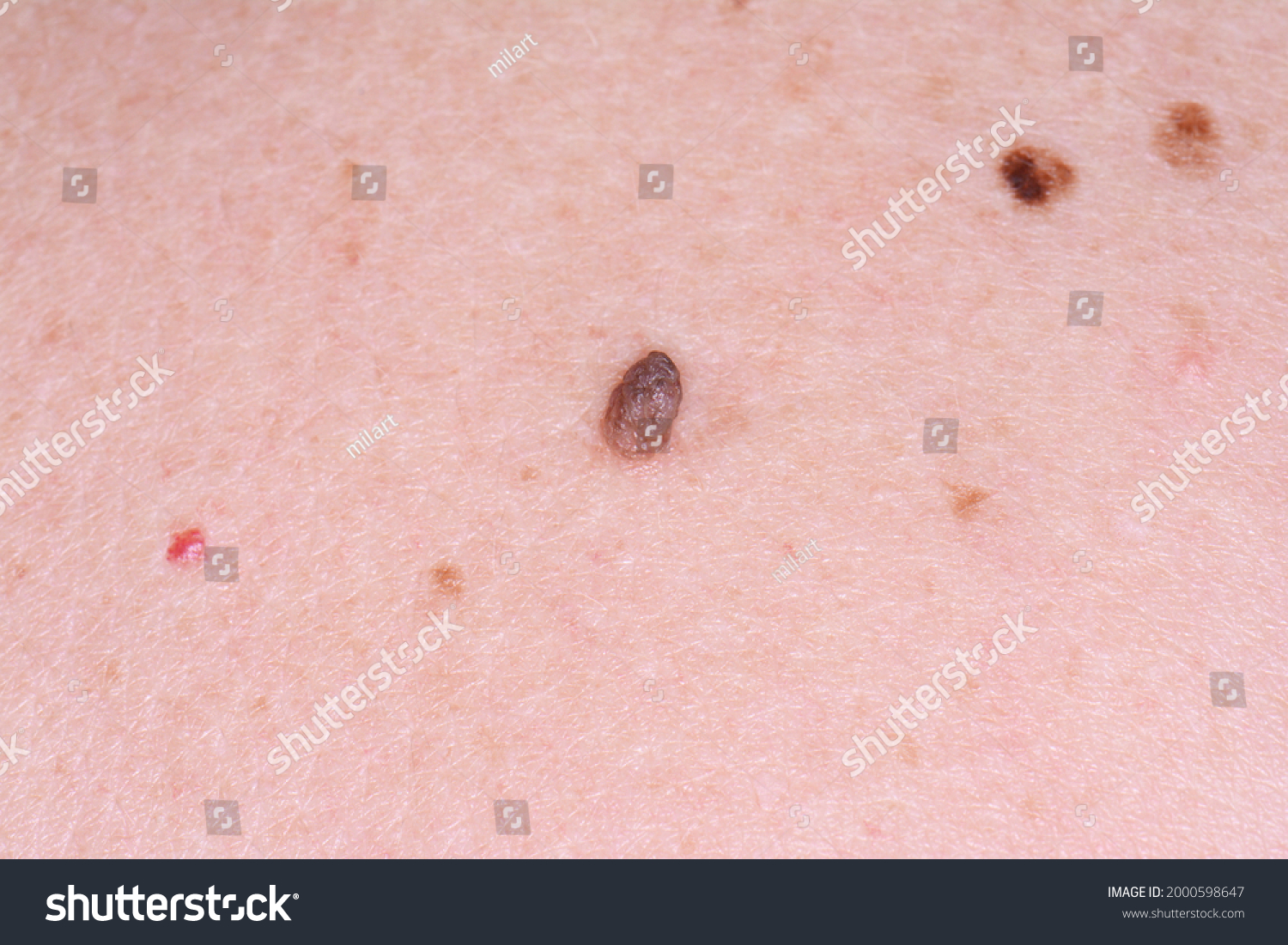
Skin Tag Acrochordon Soft Fibroma Mole Foto Stok 2000598647 Shutterstock
Microscopic (histologic) description. Small islands and cords of markedly attenuated ameloblastic epithelium two cells thick within dense collagenous stroma that is often immature. Occasional dentin or cementum production and stellate reticulum. Also granular cell variant.

Fibroma, a Benign Tumour of Fibrous Tissue Stock Photo Image of micrograph, medicine 123912124
Types Hard fibroma. The hard fibroma (fibroma durum) consists of many fibres and few cells, e.g. in skin it is called dermatofibroma (fibroma simplex or nodulus cutaneous). A special form is the keloid, which derives from hyperplastic growth of scars.. Soft fibroma. The soft fibroma (fibroma molle) or fibroma with a shaft (acrochordon, skin tag, fibroma pendulans) consist of many loosely.

What are Fibromas Soft Fibromas Fibromas On Face Dermatim
The cause of soft fibromas is unknown. Friction and irritation have been proposed as etiologic factors. Systemic Implications and Complications. Although histologically distinct from conventional soft fibromas, hamartomatous soft fibromas are found in Birt-Hogg-Dubé syndrome (perifollicular fibromas) and Cowden disease (sclerotic fibromas).

Fibroma, soft (Skin Tag, Acrochordon, Fibroma Molle, Fibroepithelial Polyp) Dermatology Advisor
Solitary or more commonly multiple, approximately 0.1-0.5 cm (or larger), skin-colored, red or red-brown, soft skin polyps, usually narrow-based on the skin. They consist of connective tissue with variable epidermal, melanocytic, vascular or lipogenic involvement.